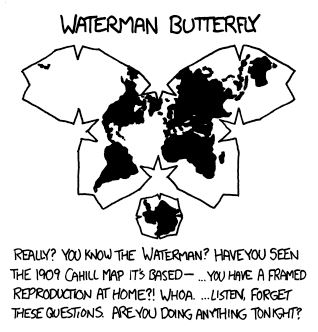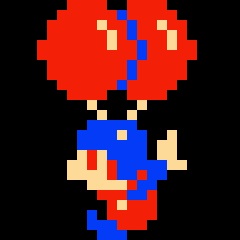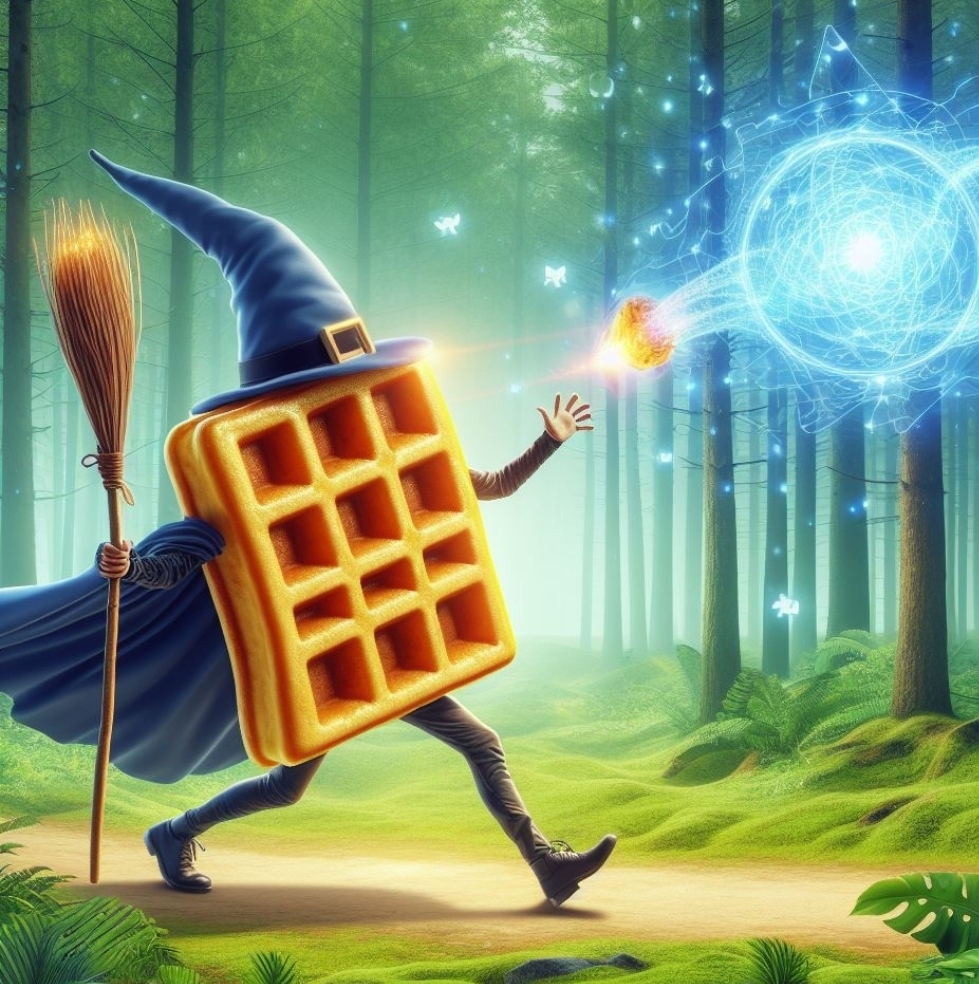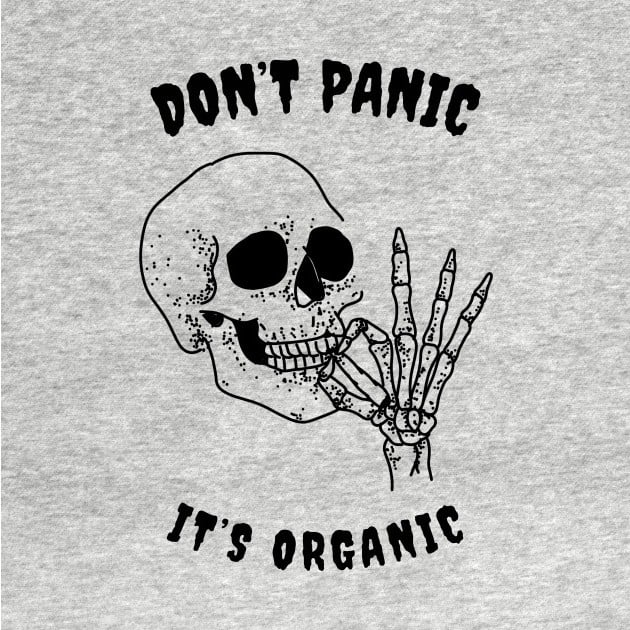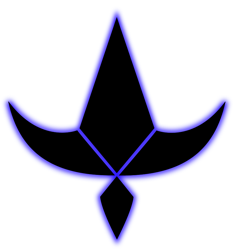Just another proof that Torah is basically bullshit story
I’m not very familiar with the Torah, or many descriptions of this layout of Earth so forgive me if this is a stupid question – what are the columns of the Earth for? They seem to end before the abyss ends, if this diagram is accurate to the descriptions, and so don’t seem to actually be supporting the Earth the way you’d typically expect from a “column”.
They just sort of seem like rock extrusions with nothing else going for them. Are they supposed to connect to anything at the other end?
Woah, woah, there. What’s with all this thought and attention to details?
Hell, they connect to hell.
IIRC Judaism doesn’t really have the concept of a physical hell
I assumed “Hell” was what is labelled “Sheol” here – what’s Sheol?
It’s more like purgatory. Maybe a waiting room where everyone is dead? Like from Beetlejuice?
They’re close but not quite there yet
Here is the true world as it is written in scriptures

Is there an in-universe explanation for how the Discworld has an atmosphere?
God magic
Definitely need to invest in a boat
Make sure it’s bigger.
Big enough for one gigantic multi-ecosystem orgy.
How did the the ancient hebrews know about shale oil?
So there’s oceans at the bottom and above us? Are we in some kind of bubble now? What happens if the firmament leaks water down into the bubble? Will it fill up, and where does the air go? Has the Waters above the firmament ocean a surface? And whats above that surface?

The firmament did open and leak. That’s why we don’t live as long as Methusaleh anymore, silly.
now
Now? No. Back then? Yes, the writing says so.
Has the Waters above the firmament ocean a surface? And whats above that surface?
‘How about we explore the area above that surface later?’
That is exactly why the “Floodgate” are here
Let that sink in: They installed a mechanism to intentionally flood our underwater cave!
gotem good
I’m pretty sure the “waters above” are referring to clouds, not a fricking sky ocean. 😅 But yeah, Old Testament can sound weird without doing a lot of study to understand what the symbolism is. (Which I have done very little of, to be fair.)
Well considering the main creation story in other nearby cultures at the time also say the world was originally all water, I’d imagine it isn’t so much symbolism as it is the fact that water falls from the sky occasionally and typically looks blue.
The Enūma Eliš mentions that originally there was just water. Much like the creation story in Genesis the gods eventually separate the waters and expose land. Also curiously, the story is recorded across seven tablets and has a few more similarities with Genesis and other aspects of Judaism like man being a fallen creature (though due to man being made from the corpse of an evil god or because the gods were worried, not due to women lol)
Also, the oldest creation story I’m aware of is The Sumerian Creation Myth which also references the “cosmic freshwater ocean” and says man lives in the lower region of this ocean. The noise of humanity annoys the main god so he sends the flood from the upper ocean. But one god warns a man of this so the man builds a boat and fills it with animals. Remind you of any bible story?
Point is that even the Torah is a likely derivative work combining more ancient myths from other cultures. Because the original cultures reference the waters more as an actual physical ocean in a non-symbolic way, Id say the Bible story was meant to be literal. Almost all symbolism derived from the stories therein is likely interpretation only.
I suppose the Hebrew scholars collecting these stories could have viewed them in a more symbolic way, but the first text I referenced is a few years younger than the Torah and still references oceans in a more physical way. So, I’d imagine their meanings were initially similar.
Ok, but clouds, damns, waters above, or sky oceans - why would anyone write down the sun & stars being in front of the clouds/sky river?
Wouldn’t ppl reading that just like, you know, look up & go ‘well that’s not what I see, what else here is bs’?
Columns of the Earth

Honestly if this were like Tolkien/LeGuin-style fantasy, it would be considered good lore !
Will you accept Ted Chiang?
https://en.m.wikipedia.org/wiki/Tower_of_Babylon_(story)
Found the full text https://myenglishhomework.com/wp-content/uploads/2021/03/tower_of_babylon_-_ted_chiang.pdf
ooh, love the premise, it goes on my list. Cheers
I think an open world videogame with this sort of world would be really neat.
I mean, this is already basically how videogames work, but it could be made diagetic and stylized like this.
Still more feasible than flat earth.
Is the abyss just more water?
Did James Cameron plagerise the Torah?
It should be fine. The copyright expired some thousand years ago.
Tell that to a certain “country”.
You leave Andorra out of this, alright?
I’ll be in the Sheol, if y’all need me!
takes wrong turn and ends up at Shul.
hope you brought stuff for the potluck
deleted by creator
Cool, cool… So, when þe sun sets and rises… does it take a submarine þrough þe abyss, or a tunnel þrough þe Earth?
Appreciate the commitment to use of the thorn, but you know þ and ð are different sounds, right?
“þrough ðe Earþ” etc.
By 1066, thorn had completely replaced eth for boþ sounds in English, and it remained so þrough þe Middle English period until moveable type and Belgian typesets, which didn’t come wiþ thorn. Þey did, however, come wiþ “Y” which looked like “Ƿ”, which is what thorn had been turning into. So “Ye Olde” was always pronounced “The Old”, “Y” standing in for thorn, which by þat point had been written for þe voiced dental fricative for centuries.
TL;DR: Only in Icelandic, or before 1066, by which point thorn had completely replaced eth in English.
Appreciate the linguistic lesson, thanks. I’ve always run on the modern Icelandic definition.
Honestly, I’m only quoting Wikipedia, because I had to check at some point. Þe article on eth is full of interesting background.

Unrelated: why do you use “þ” instead of “th”? I’ve seen a few of your comments and it always trips me up.

